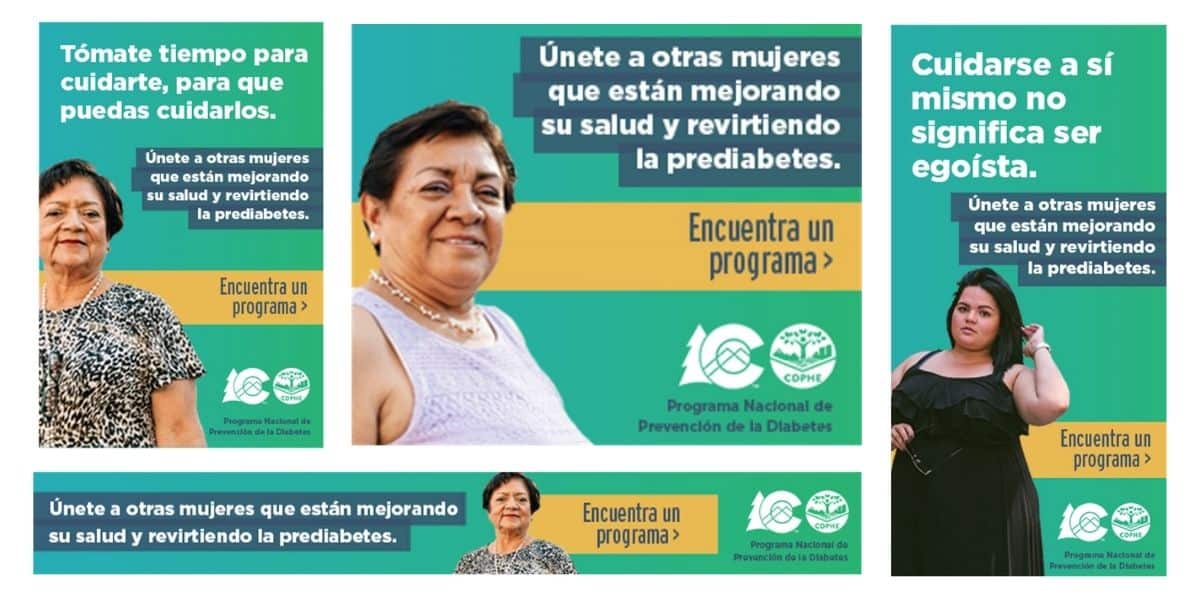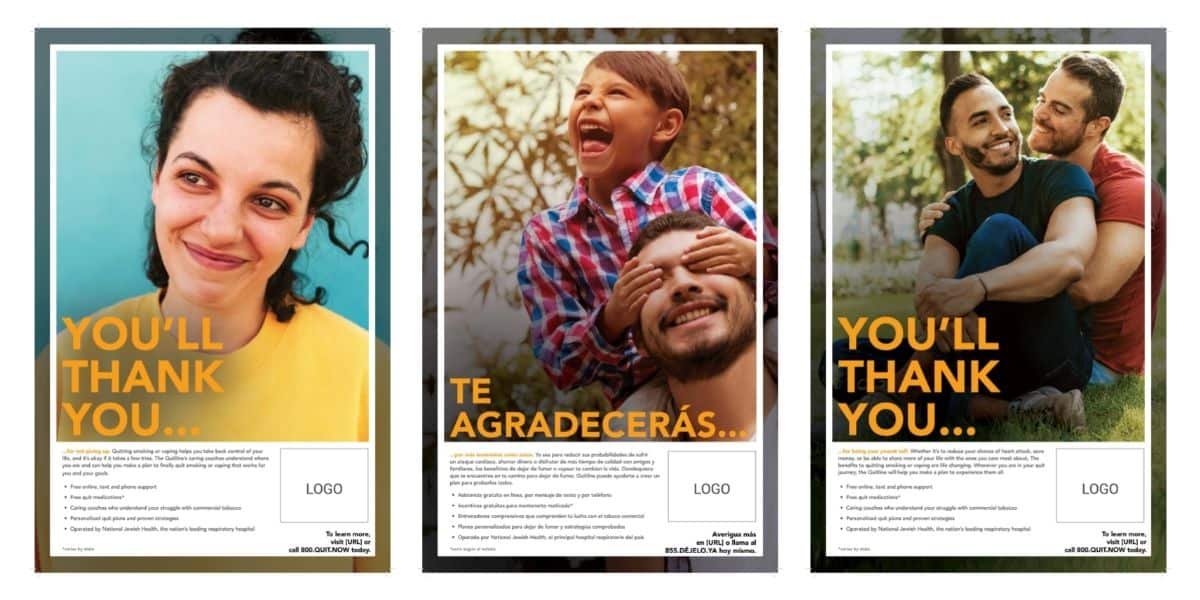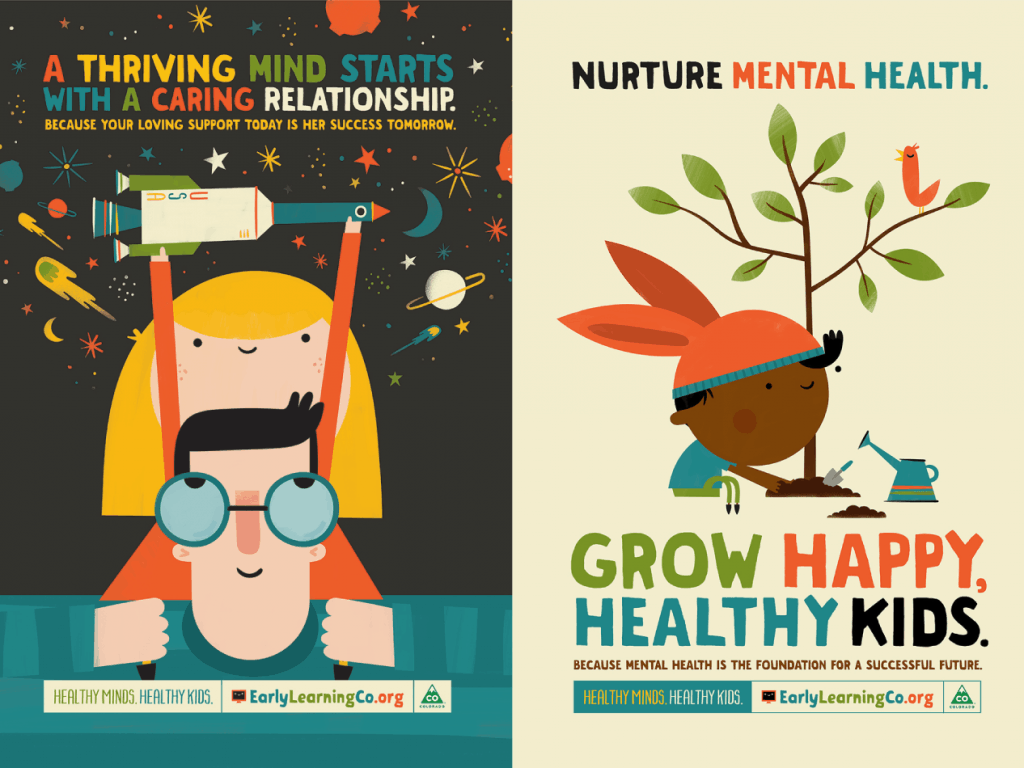Originally published in EdNewsDaily
Even before the pandemic, most executives surveyed by McKinsey identified skills shortages at their companies (with more to come), but fewer than half understand how to fill those gaps. Pandemic-bred uncertainty has only heightened the need for a nimbler workforce, including reskilling and up-skilling workers, to meet a future in which 375 million global workers might need to make significant occupational shifts by 2030.
College programs can address those gaps, but recent reporting shows an existential crisis for higher education (and community colleges specifically): Spring undergraduate enrollment fell 5.9% compared to this time last year. Community colleges were particularly hard-hit, with a double-digit enrollment decrease of 11.3% since the previous year.
Can there be a win-win-win for businesses looking for skilled talent, workers who seek more stable and well-paying jobs, and two-year colleges that need to fill their seats? Yes. And it starts with supporting workers and prospective students. Address their barriers and support them in their reskilling or upskilling journey, and the challenges businesses and two-year colleges face will start solving themselves.
Here are four ways we can create a win-win-win scenario for students, businesses, and two-year colleges:
1. More affordable solutions for degree attainment
Students are concerned with costs and crushing student loan debt, and pandemic-related individual economic pressures have exacerbated that. The good news here is that community colleges are a more affordable way to get workers and learners engaged in education. Community college systems have created specialized programs or certifications that help workers obtain the necessary skills without considering significant student loan debt later.
Additionally, the Biden administration’s American Rescue Plan stimulus package provides nearly $40 billion to higher education institutions, including community colleges, to help schools offer financial aid to support people who want to get degrees. The stimulus aimed to pump money into schools with endowments of less than $1 million, with half of the funds designated for emergency financial aid grants to cover students’ attendance costs. The key for community colleges will be communicating these scholarship opportunities to get workers back in the physical or virtual classroom.
2. Changing the narrative about higher and continuing education
In retrospect, the higher education system and “influencers” made a mistake when they pushed the narrative that the only way to a well-paying job was a four-year degree.
As we know, that’s not exactly true.
Those with an associate degree, for instance, earn an average salary of just over $46,000 per year — around $7,300 more annually than those whose education stopped after high school (which translates to an extra $293,000 over a typical 40-year career).
It’s a false choice: Get a four-year degree (and take on tons of student loan debt) to get a well-paying career, or don’t get a four-year degree and prepare yourself for an uncertain and low-paying job. This thinking alienated vulnerable students and left no room to talk about the certification, re-skilling, and up-skilling opportunities for traditional and nontraditional students.
The higher education system needs to change the narrative to elevate the value of training, certification, and two-year degrees.
3. Public-private partnerships
There is a vast delta between technical skills jobs (e.g., welding or solar energy) and people with those requisite skills. Private businesses in these industries are already developing solid partnerships with their local community colleges to expand these skills. We need to continue promoting and supporting these collaborations through strategies such as providing additional funding to bolster the programs or offering tax incentives to encourage businesses to take advantage of them.
On the topic of getting unemployed and laid-off workers back into jobs, business schools and community colleges can complement the private sector. Together, public and private entities can get people back to work while building a workforce that’s stronger than the one before COVID-19. A good example is the Colorado Community College System’s Skill Advance program, which offers customized job training grants for employers. Programs like these provide a clear win for employers (which can subsidize some of the costs of retraining staff members for the future of work) and workers (who gain skills that will keep them competitive in the workforce).
4. Holistic student support beyond just a degree
To get workers into training programs, community colleges need to entice students with more than education. They need to show how they support the “whole student” via financial support, crisis support (such as food and child care assistance), help for emotional distress (pandemic-related or otherwise), and more.
For this reason, institutions are investing in coaching and capacity-building on topics such as trauma-informed care. This coaching can be administered by education social impact organizations such as InsideTrack, which saw a 218% rise in students needing crisis support services between mid-2019 and summer 2020.
Community colleges are already a significant part of the solution in the future of work. But as the world changes at ever-faster rates and technologies such as artificial intelligence chip away at the number of available jobs, community colleges’ role in workforce development will become even more critical.
Post-pandemic, the people who lost their unskilled (or even skilled) jobs have learned the importance of re-skilling and up-skilling. Still, their challenge is access to educational solutions that work for their busy lives.

About the Author:
Brandon Zelasko (he/him), a Principal at SE2, is a dynamic force passionate about innovation, education, and community engagement. Beyond his professional role, Brandon embraces diverse interests, from painting to exploring the outdoors with his husband and rescue dog, Burger. Dubbed “Brandopedia” for his insatiable curiosity and wealth of knowledge, Brandon champions education equity, advocating for alternative pathways beyond traditional college routes. At SE2, Brandon’s commitment to innovation and growth drives him to make a meaningful impact on people’s lives through creative problem-solving and community involvement.





